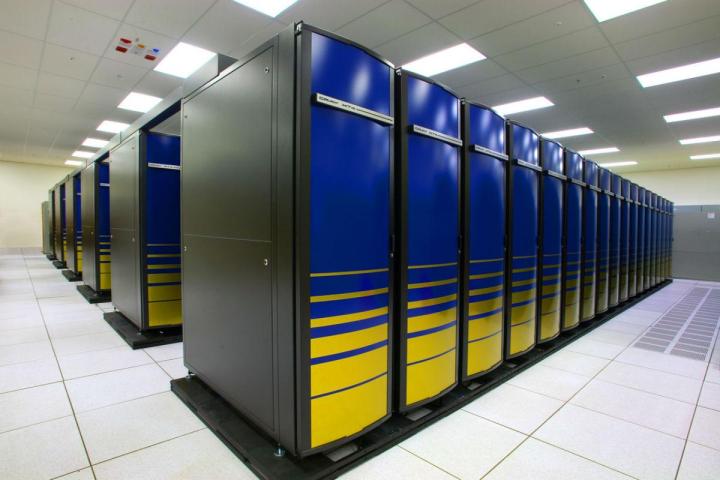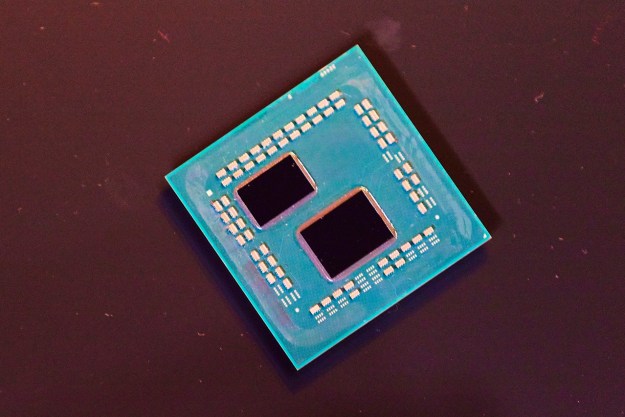
Not only that, but the nation has nearly tripled its supercomputer count from 37 to 109 in only six months. Although the US still maintains a healthy 201 supercomputers, first place in terms of quantity, that’s actually a record low for the nation in the Top 500, which was conceived back in 1993.
Produced by its National University of Defense Technology, China’s Tianhe-2 bolsters a whopping 3,120,000 cores with the ability to achieve 33.86 quadrillion floating point operations (flops) per second. As if that information alone wasn’t intimidating enough, those numbers are almost double that of the US energy department’s still powerful, but not quite as monumental, Titan Cray XK7, apparently capable of 17.59 petaflops, according to the Linpack benchmark.
A United States-owned rig also occupies the third place position, that is, IBM’s Sequoia, custom-built for the National Nuclear Security Administration and housed in the Lawrence Livermore National Lab. The Sequoia, which claimed the top spot in 2012, has since been surpassed by both the Tianhe-2 and the Titan Cray XK7.
Among the top 10 of the Top 500, only the Trinity and Hazel Hen are fresh faces to the list, positioned at numbers 6 and 8, respectively. While the Trinity was conceived for the US Department of Energy, the Hazel Hen rests in Stuttgart, Germany.
In an interview with the BBC, Rajnish Arora, vice president of enterprise computing at IDC Asia Pacific, explained to the network that China’s domination in the supercomputer space is less reflective of the United States’ inability to compete and more representative of China’s economic growth.
“When China started off appearing on the center stage of the global economy in the 80s and 90s, it was predominately a manufacturing hub,” Arora said. “All the IP or design work would happen in Europe or the US and the companies would just send manufacturing or production jobs to China. Now as these companies become bigger, they want to invest in technical research capabilities, so that they can create a lot more innovation and do basic design and engineering work.”
Of course, even though China has its hands on the most powerful computer in the world, many of its components actually derive from US-based companies, such as Intel, AMD, and Nvidia, and that extends to other countries as well. The Tianhe-2 in particular features an Intel Xeon E5-2692 12C as well as a Xeon Phi 32S1P, straight out of California. In fact, 445 of the systems featured in the top 500 include at least some of Intel’s components.
And while the Tianhe-2 is the best in the bunch presently, that title may not last for long, as the US Department of Energy says its Summit system is scheduled for a 2017 activation, claiming to exhibit nine times the speed of its Chinese cousin, capable of exerting 309 petaflops. Lastly, President Obama announced back in July that he’d allowed for the production of the first exascale computer in history. While it’s unclear when the machine will be ready for use, it will — in theory — be capable of achieving one quintillion (1 billion²) calculations a second. That’s the equivalent of 1,000 petaflops, and the same processing power of the human brain at neural level.
But can it run Crysis at max settings? For America’s sake, I sure hope so.


